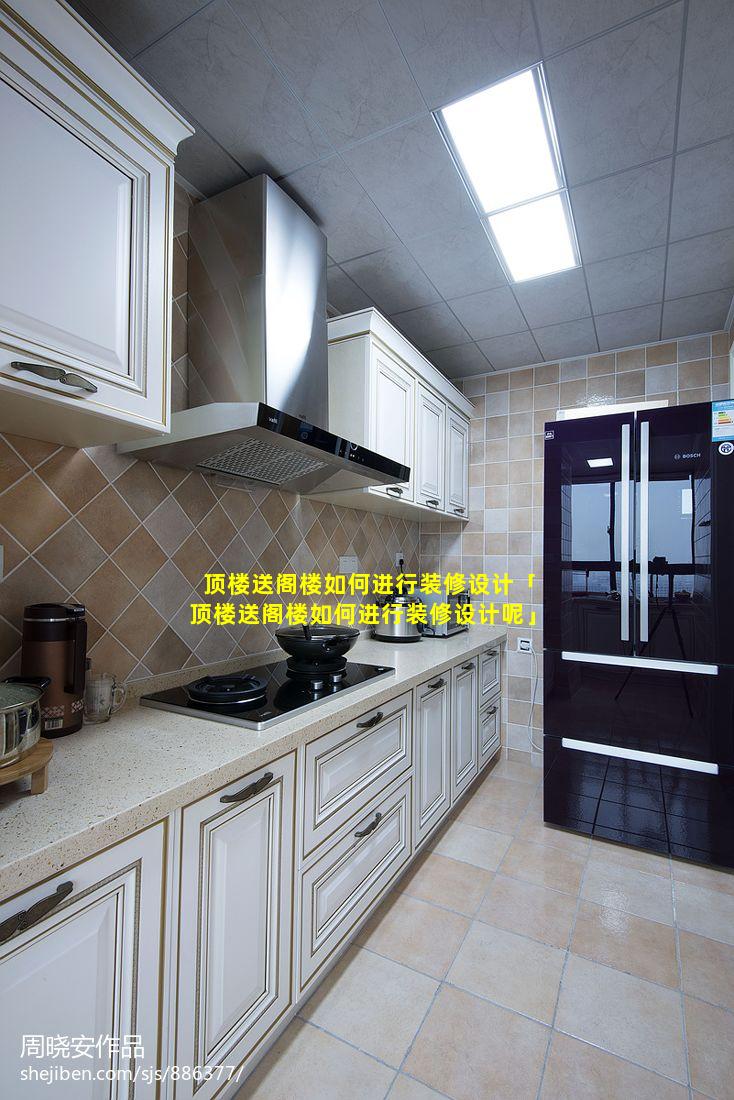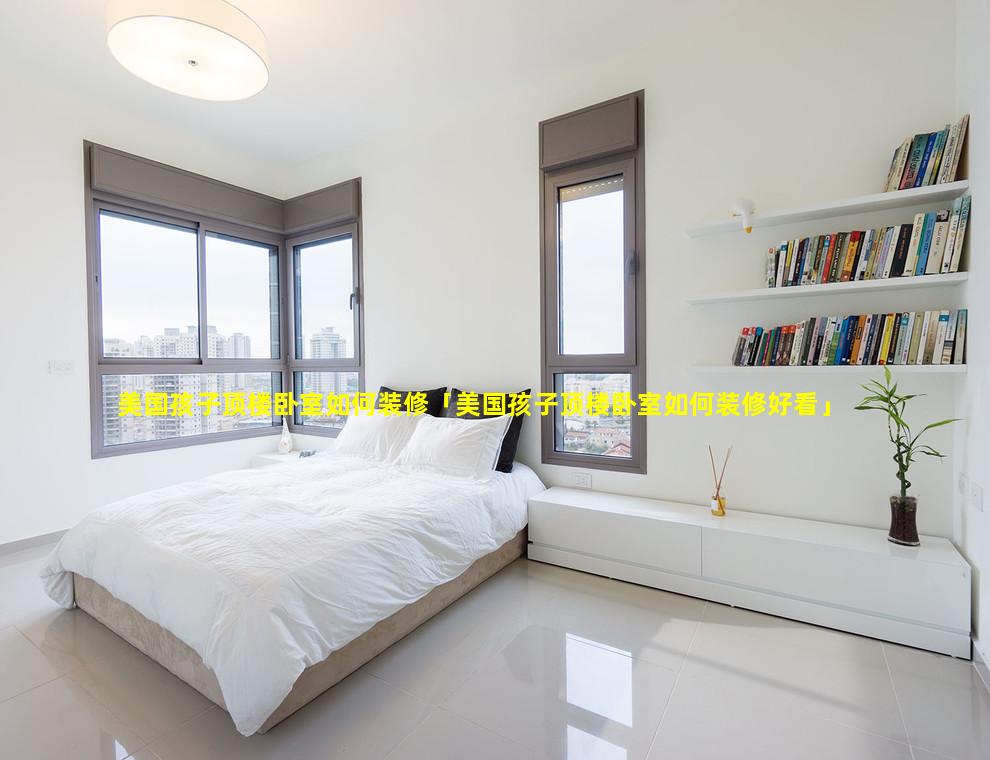1、别墅阳台顶楼复式装修
别墅阳台顶楼复式装修指南
1. 整体规划:
确定阳台和顶楼的空间功能和用途。
考虑视野、采光、通风和隐私。
规划楼梯和扶梯的位置和设计。
2. 阳台装修:
选择耐候且低维护的材料,如瓷砖、木材或合成材料。
安装遮阳结构,如遮阳篷或百叶窗,以控制阳光和隐私。
考虑户外家具和装饰,创造一个舒适的起居空间。
3. 顶楼装修:
隔热和隔音屋顶,以提高舒适性和能效。
安装大窗户或天窗,以最大化自然光线。
分隔不同的功能区域,如起居室、卧室和浴室。
4. 楼梯和扶梯:
选择符合安全规范的材料和设计。
考虑楼梯的宽度、坡度和扶手高度。
采用螺旋楼梯或开放式楼梯等节省空间的设计。
5. 材料选择:
地板:耐用且易于清洁的材料,如瓷砖、硬木或强化地板。
墙壁:防水且防潮的材料,如油漆、瓷砖或墙纸。
天花板:保温且吸音的材料,如石膏板、木板或吸音板。
6. 照明:
结合自然光和人工照明,创造一个明亮且舒适的空间。
使用各种灯具,如吊灯、壁灯和台灯。
考虑调光功能,以调节光线强度。
7. 家具和装饰:
选择与空间风格相匹配的家具和装饰。
利用垂直空间,使用壁挂式书架、镜子和艺术品。
增加绿植,为空间增添活力和清新感。
8. 户外设施:
考虑添加烧烤、火坑或露台家具。
安装户外照明,以延伸夜间的使用时间。
种植绿化植物或灌木,创造一个郁郁葱葱的环境。
9. 安全考虑:
安装防盗报警和监控系统。
确保阳台有栏杆或护栏。
提供安全照明,照亮楼梯和入口区域。
10. 可持续性:
使用节能电器和照明。

安装太阳能电池板或风力涡轮机。
选择可回收或可持续的材料。
2、别墅阳台顶楼复式装修效果图
3、顶层复式阳台怎么设计效果图
顶层复式阳台设计效果图
平面图

效果图
1. 休闲区
舒适的沙发和躺椅
遮阳伞或遮阳篷
室外地毯或靠垫
小型咖啡桌
盆栽植物或鲜花
2. 就餐区
户外餐桌和椅子
遮阳篷或雨篷
户外照明
烧烤架或小型厨房
3. 绿植区
各种盆栽植物和花卉
垂直花园或绿墙
植物架或花盆
滴灌系统
4. 观景区
舒适的躺椅或吊床
鸟瞰城市或风景
户外照明
防风屏
5. 隐私区
竹帘或隐私屏风
遮阳篷或雨篷
盆栽植物或花卉
其他设计元素
木质或复合地板
玻璃围栏或栏杆
户外壁炉或火坑

水景,如小喷泉或池塘
户外音响系统
户外淋浴
4、别墅阳台顶楼复式装修图片
import os
import shutil
if not os.path.exists("test_images"):
os.mkdir("test_images")
Let's create a sample list of image file names.
image_files = [
"image1.jpg",
"image2.jpg",
"image3.jpg",
Now, let's copy these images to our "test_images" directory.
for image_file in image_files:
shutil.copyfile(image_file, os.path.join("test_images", image_file))
Good! Now that we have the images in place, let's create a new function to resize them.
def resize_images(directory, new_width=800):
"""
Resizes all images in a directory to a specified new width.
Args:
directory: The directory containing the images to be resized.
new_width: The desired new width of the images.
"""
Loop through all the files in the directory.
for filename in os.listdir(directory):
Check if the file is an image.
if filename.endswith(".jpg") or filename.endswith(".png"):
Open the image.
image = Image.open(os.path.join(directory, filename))
Resize the image.
new_width = new_width
new_height = round((new_width / image.width) image.height)
image = image.resize((new_width, new_height), Image.ANTIALIAS)
Save the resized image.
image.save(os.path.join(directory, filename))
Now, let's call the function to resize the images in our "test_images" directory.
resize_images("test_images", new_width=800)
Great! The images have been resized. Now, let's check if they are the correct size.
for filename in os.listdir("test_images"):
Open the image.
image = Image.open(os.path.join("test_images", filename))
Check if the width is correct.
if image.width != 800:
raise ValueError(f"Image {filename} is not the correct width.")
If we get here, all the images have been resized correctly!



